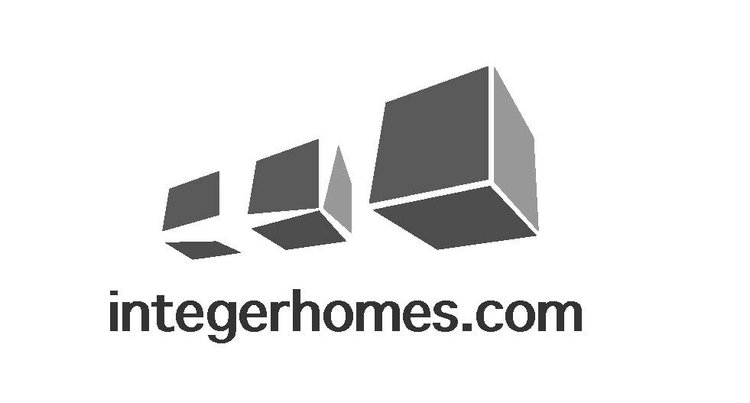Every time we start a new project in Calgary we wonder what the next fee will be for and what it will cost. The previous year the City introduced its asphalt degradation and restoration fee schedule. That cost can be very frightening if you are unfortunate enough to need to install a new sewer line in a road classified above the local collector category. Budget for 2-5000$ here per project.
This year the City brought in the off site levy fee for sewer infrastructure. They have a complicated formula for determine the fee and it is adjusted based on the location such as a greenfield site or in an established area. Our fee added up to $1657 for a duplex project.
The City prefers to stick the builders with these fees as an approval condition, because it makes the fee impossible to avoid, and the fees can be tied to a 3.3% inflation increase (despite being in a deflationary recession the City ensures it gets a nice fee bonus each year). There is an expectation among City staff that the builders can raise their prices and recoup the fee from the end buyers of the new houses. We have also encountered an attitude among some City staff that as long as a builder company continues to stay in business, it must be profitable enough that it can absorb the ever increasing burden of City regulation and fees.
The fallacy with these fees is the builder has to pay for the cost but the community as a whole is the beneficiary. You often will encounter a situation in Calgary where a long time landowner will have a low cost base on his or her property, say $25k, and the current land value is 50x that original amount. Yet the city attaches the new fees to the builders for accessing infrastructure rather than a property owner who has contributed to wearing out the existing infrastructure for the past 30-40 years. The preferential treatment of long time owner is also reflected in the property tax collected on older, primarily land value properties. The assessment on such properties is lower than it should be. So the City isn't collecting enough tax to pay for the needed infrastructure upgrades so must look elsewhere (to the builders) for more revenue.
The City also does not factor in its growing tax base from new inner city projects. You will commonly find that the tax multiple from a new project will increase city revenue annually by a factor of three. This means an old derelict house with a tax bill of $3300 becomes two new houses with a combined tax bill of $10000. We often wonder why the City needs to introduce new fees when it receives such a significant annual gain in tax revenue thanks to the builders.

